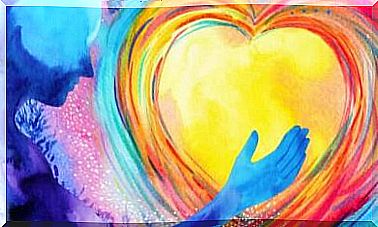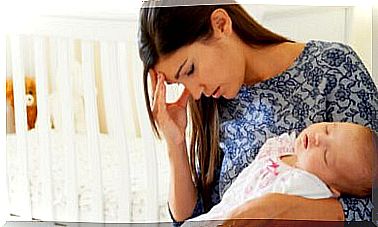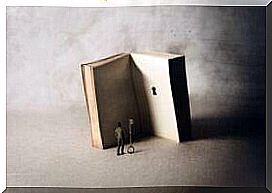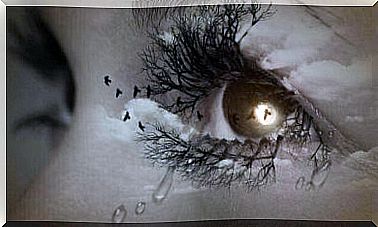Recognizing Your Sadness Is Showing Courage
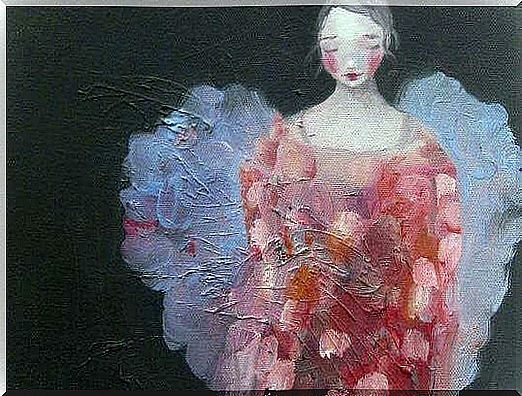
How many times have you tried to contain or cover up your sadness? From a young age, we receive messages from society that tell us that we cannot afford to be sad, that we have to be brave, that we have to be strong. at all times, that we cannot fail, that we do not learn anything from sadness … that joy is the only desirable emotion and that it does us good. A joy, of course, also contained: it should neither be regulated nor fall into euphoria.
It is clear that sadness is an emotion of negative valence, but … what if we transformed it into an emotion that brings something positive, and if we were able to accept it as an emotion in its own right and to draw from it? lessons ? What if instead of locking him up, we gave him some space?
The loss of a loved one, a romantic break-up, a dismissal, an illness, the fact of not succeeding in achieving the objectives that we had previously set… Here are some of the situations that, generally, make us sad. It is certain that often, it is not an instantaneous sadness, since in the first moments, what arises is an anger against those forces which have caused this loss that we regret.
A very important difference is the difference between sadness and depression. The latter is not an emotion, it is a disease which goes beyond a one-off moment and which needs, to be diagnosed, a state of sustained and more intense sadness associated with other symptoms. Despite this difference, which is very important, sadness is seen in a similar way to the way we understand depression, so that many people try to end it.

If in addition to being very sad for a while, you experience trouble sleeping, an inability to feel pleasure when you engage in activities that previously gave you pleasure, an absence of motivation for your daily activities, a lack of concentration, a feeling of guilt… so do not hesitate a second: now is the time to seek professional help.
However, sadness in itself, as an emotion, is a unique opportunity to get to know yourself. An emotion that some studies conducted on this subject associate with a greater activation of our body, which subsequently allows us to be more able to respond to the loss suffered. In addition, it is an emotion which, by itself, requires the support and help of those around us and not clinical treatment.
Despite the amount of tears that human beings shed, we still have not been able to unravel the mystery that crying holds. Although all studies support that, as a social being, when we cry, we perform a function of liberation and communication with others to find solace.
Behind our tears is usually a complex web of emotions. The circumstances in which we can cry are also numerous: we can cry of joy, of empathy towards the people around us, of hatred, even while watching a film that touches us. Each tear tells a story that is important to us.
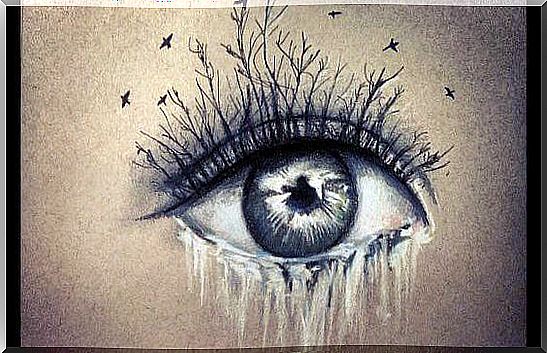
So holding them back or seeing them as enemies doesn’t make us stronger or better people, no; when we refuse to cry when we need to, we simply act according to the eyes of others, because we do not want to be judged. And on this point, we have to ask ourselves the following thing: maybe this person who judges us has never cried? If so, then something is wrong with her.
Crying calms us down, allows us to breathe easier, to be faithful to what we feel, to connect with others, and to protect our bodies by eliminating bacteria from our bodies. So what’s wrong with that?
If you have easy tears, surely you have more than once faced someone who tried to censor your relief by telling you not to cry but to be strong, that only weak people cry. , that crying is a ridiculous fact or, even worse, that we cry like children. Moreover, by dint of hearing this kind of comments, we came to internalize them. So we censor our tears ourselves.
Obviously, the people who tell us this kind of thing are surely not trying to hurt us and it does not start from a bad intention in them, but the point is that at the end of the day, these are phrases that are meant to be. ‘we are expected and taught from an early age, so that they come to anchor themselves in us. We build them, and we share them with others automatically, without even realizing it.
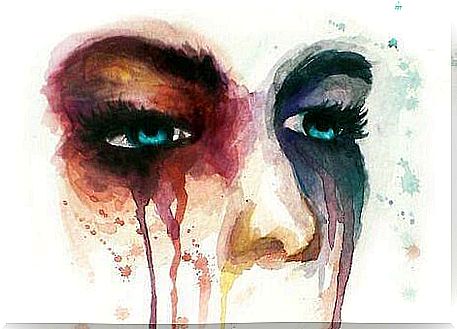
However, as we said, its effect is not harmless. The acceptance and socialization of this message represents fertile ground for future generations; thus, generally, children are quick to assimilate this censorship offered to them by adults, as if doing so – and thus refraining from crying – were a necessary step towards adolescence and adulthood.
We therefore have a responsibility: that of understanding the role of emotions, whatever their valence. It is about accepting them and letting them breathe out so that they can play their restorative or motivating role. On the other hand, theoretically, it can be very didactic to separate our emotional part from our logical part. However, at the functional level, one cannot forget that the processes have a habit of mixing together, causing the whole to have a very different result than one might imagine at the outset.
Ultimately, sadness is one of our greatest * emotions * and, used wisely and sensibly, can also prove to be one of our greatest allies. So, don’t make her an enemy by starting a battle against her, because in these cases the only possible outcome is even more intense and overwhelming suffering.

